Inflation regulation, strongest tokenomics, perfect user interface, etc are those factors that any P2E game should keep in check when aiming for long-term sustainability in evergrowing WEB3 space.
Note that currenty there are around 300 well-established Play-to-Earn games in the market and numerous are being built daily. With billions of gamers in the global Web3 community, any new game targets to welcome a tide of gamers to bloom in the market, but a tsunami of incoming gamers sinks the economy of any game.
Let’s discuss a systematic approach toward achieving this equilibrium in any game project.
Balancing the Players in the Game:
A good number of players is a basic requirement for any game project to uphold in the market. Whether it is a newly launched game or any already-established game, if it does not get a sufficient number of players at any point in time, it will collapse. Many game companies assume that if they make their game free to play, they will attract a large number of players to their game, and this may work for many games, however, this approach is not feasible for the Play-to-Earn model. Since the most attractive feature of P2E gaming is trading in-game rewards like NFTs, tokens, etc., on blockchain platforms, a large number of players sharing the same motive would bring out aggressive inflation in the game economy, and ultimately it will fall to pieces.
One may think that we can restrict the rewards for free players and that should do. However, when thousands of free players create inflation on those restricted rewards, that would sum up to be catastrophic for the game economy. Moreover, the existence of bots that squeeze out the resources of a game, is another critical issue. When the negligible impact of each bot on the game resources accumulates with the impacts of thousands of bots, it crumbles down the game economy at once. Another common misconception is to let players enter the game for free but not allow them to get any rewards, but that is faulty from the core because this concept would be the replica of traditional pay-to-play games where profit is the priority and gameplay for free players is compromised.
Resolution:
Some brilliant minds of GameFi and the Play-to-Earn domain have come up with key alterations in the P2E model, which would shield the game economy from the negative impact of having too many players. There has been a slight change in the framework according to which the free players would get unrestricted access to the game but restricted ability to trade in-game assets to the blockchain market. The revised structure would not impact the incoming flow of gamers in the game but would create a safeguard against the negative impacts.
A few games, like BattleMancers, allow free players to enter the game and earn rewards, just like any player with an initial investment in the game (premium player) would get, but either they’re unable to trade outside the game, or they’d need to transact with the premium players or buy something from the game backend, to enable the trade of their assets outside the game. As a result, the gameplay is not compromised at all; both free and premium players stay competitive and have fun, however, the final motive of taking in-game assets on the global blockchain market to trade, requires the free players to compensate the premium players or the game developers in some way or the other.
An Experience of Being Recognized
A majority of Web3 gaming projects are focused on making profits. They try to sell as many assets, NFTs, or tokens as possible before and after the game launch because they have short-term objectives for their game. Their game is not intended to create an unforgettable gameplay experience for the players, but to extract maximum profit in the first phase of the game itself. This immense drive designed by the game company causes inflation in the game economy. The players, who took the bait and invested in the initial phase of the game, found shrinking returns and reduced prices of their investment amount. These players invested with the thought of being recognized in the next phases of the game, which is a core driving need for any player. Now, what happens is that such a practice disturbs the trust of the community and the few authentic projects face the after-effects.
Resolution:
Instead of selling any tokens or assets, they should be supplied as rewards. Premium trading features, like NFT minting, etc. can be limited to initial investors only, whereas the gameplay is identical for everyone. Through this strategy, the initial investors will receive the profit, not the game developers. The demand for tokens can be supplied by the initial investors of the game, who will earn the token through staking or P2E, without any need for venture capital, private investors, or launchpad presales.
Conclusion: dominance against inflation
It is essential to establish mechanisms for controlling inflation in the rewards of a P2E game, as losing the value of in-game assets hampers the income potential of the initial investors. The dominance against inflation can also be achieved by controlling the number of player profiles that can mint their assets. While some NFT owners prefer staking for earning tokens, others prefer renting. A segment of NFT owners may prefer listing their NFTs on platforms like Opensea, while other segments may either prefer spending their NFTs in the game for upgrading their gameplay experience or hold them as collectibles.
Any game based on the P2E model can sustain only if a small number of players are engaged to trade their rewards. When the bulk population of the game engages in selling their in-game assets, then it’s the onset of failure for the game economy because this very activity directly exploits the major premise of the game, i.e. gameplay and fun.







